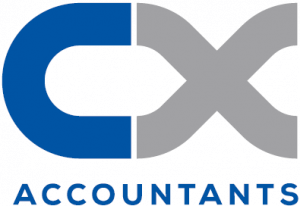This article has been updated on 25 April 2020 to reflect the updated guidance that has been released by HMRC. At present there are still some unknown factors.
The CJRS is a temporary scheme effective from 1 March 2020, recently extended to 30 June 2020, for employers whose businesses have been severely affected by coronavirus. It allows employers to ‘furlough’ employees while there is no work for them due to the coronavirus pandemic. This means the employee stops working for the company, but is paid 80% of their wages by the employer, subject to a cap of £2,500/month. This amount is later repaid to the employer by the government, via a grant. The employee must have been on the payroll in Feb 2020 to qualify.
The employee’s actual gross salary before tax, as of 28 February should be used to calculate this (or an average if their pay varied). Commission and bonus payments must be excluded.
Here’s answers to our FAQ’s…
Can my employee do a few hours work for my business while furloughed?
No, the guidance is very clear on this – this would make them ineligible for the grant. The only exception is if they are studying / training.
However, see below for more info if you are a director / shareholder of your own company.
What paperwork do I need to do now?
You will need to agree with your employee in writing that you are furloughing them. This will be considered a change to their employment contract.
Can I use the scheme for part-time / casual workers?
Yes if they meet the other conditions.
If the employee has been employed for at least 12 months prior to the claim and their pay has varied, you can claim for the higher of either:
- the same month’s earning from the previous year
- average monthly earnings from the 2019-20 tax year
If the employee has been employed for under a year, it is possible to claim for an average of their monthly earnings since they started.
How do I apply?T
The grant can be accessed via this HMRC webpage, which includes a summary of the info you will need in order to make the claim-
https://www.gov.uk/guidance/claim-for-wages-through-the-coronavirus-job-retention-scheme
I am a director and shareholder and I pay myself by salary and dividends – can I furlough myself and claim this?
The latest HMRC guidance confirms you will be able to claim 80% of your payroll salary if you are not working. You will unfortunately not be able to claim anything for lost dividends.
Directors can carry on with their ‘statutory duties’ such as ensuring the company’s confirmation statement and accounts are filed. If they are generating income by providing personal services to clients, this will definitely make them ineligible.
Other non- revenue generating activities such as admin and planning are not specifically mentioned so this is a bit of a grey area. We agree with the ICAEW that a pragmatic view should be taken in this respect.
One party of the guidance which is still unclear at present, is whether a ltd company director could start working as a sole trader. It states
“To be eligible for the grant, when on furlough, an employee cannot undertake work for, or on behalf, of the organisation or any linked or associated organisation”.
Our view is that if you are carrying on the same trade, this would disqualify you, but the legislation has not yet confirmed this either way.
If a director takes on paid employment work elsewhere at an unconnected company, they would still be eligible for the grant.
My employee has another job – can they be furloughed from both?
Yes – each job is separate and the limit applied to each employer separately.
How long can an employee be furloughed?
From a minimum of 3 weeks to a maximum of 4 months (unless the scheme is extended further). It is possible to furlough an employee more than once. An employee’s furlough period can be extended beyond its initial period if agreed between employer and employee.
Where can I find out more?
The full HMRC guidance can be found here.
